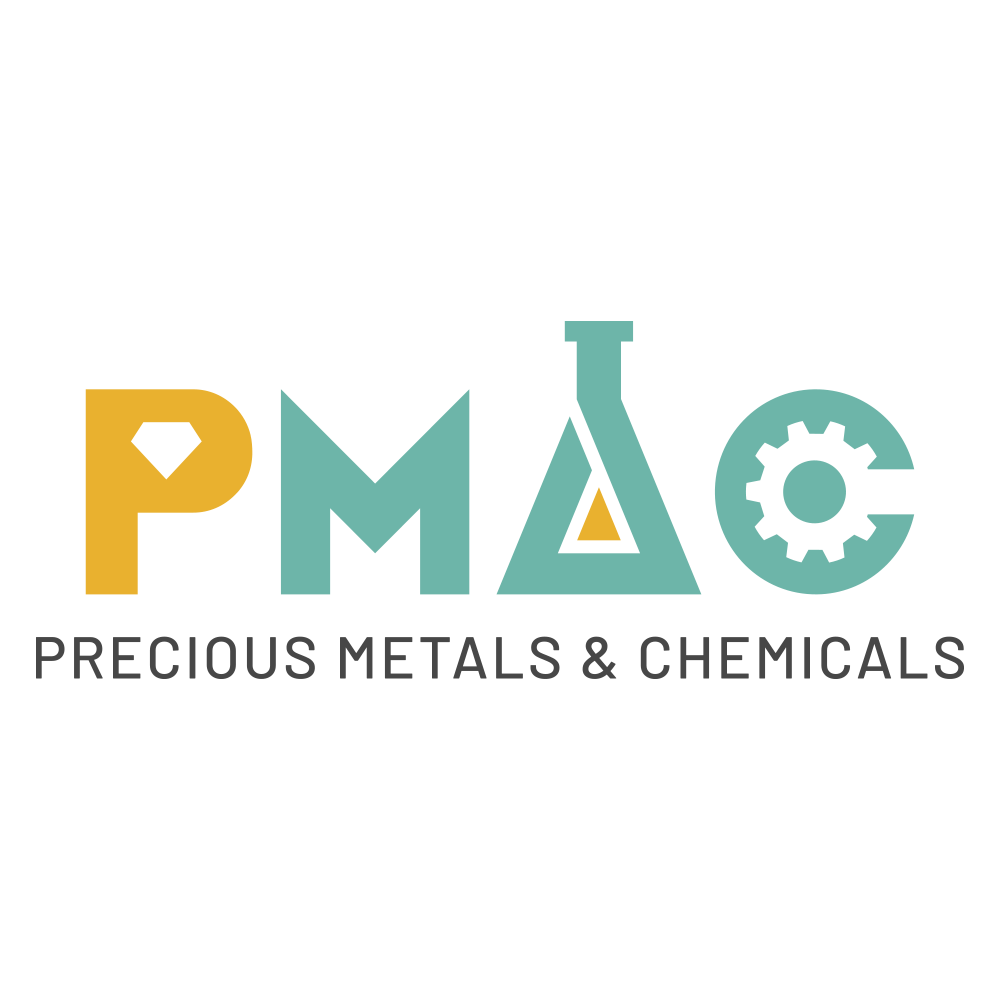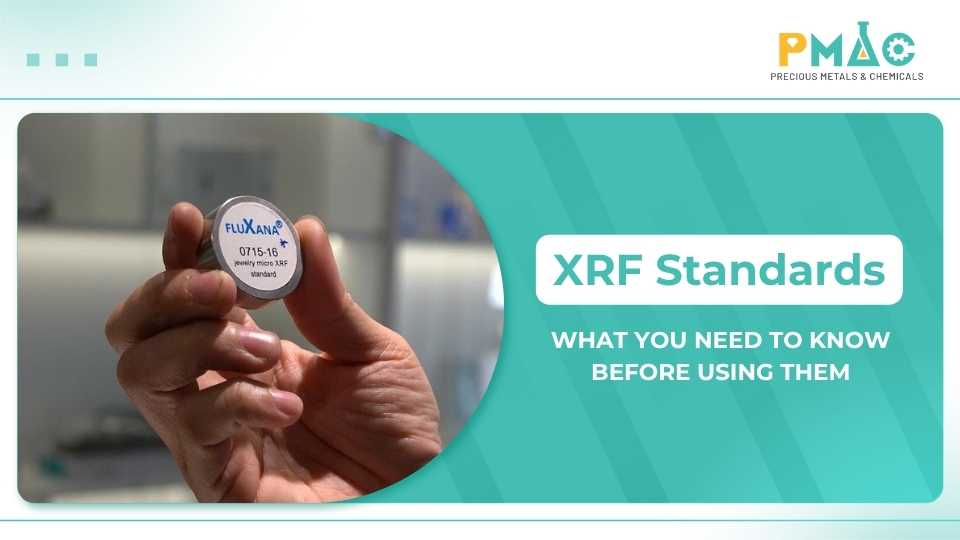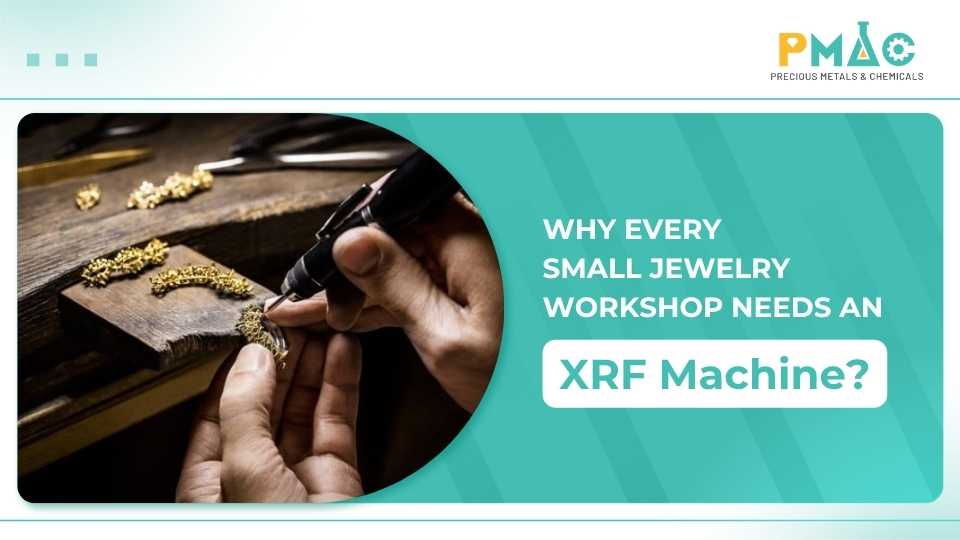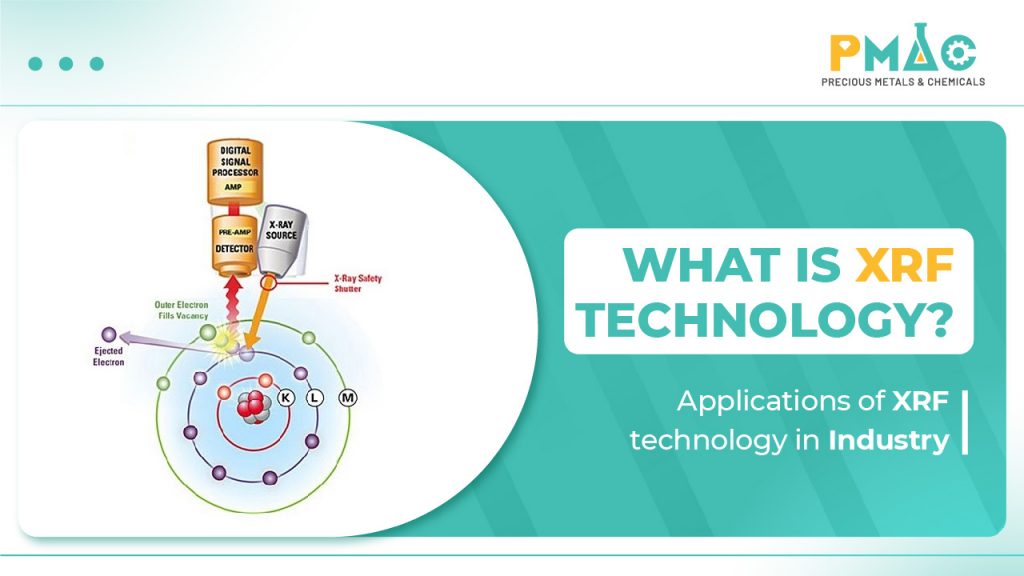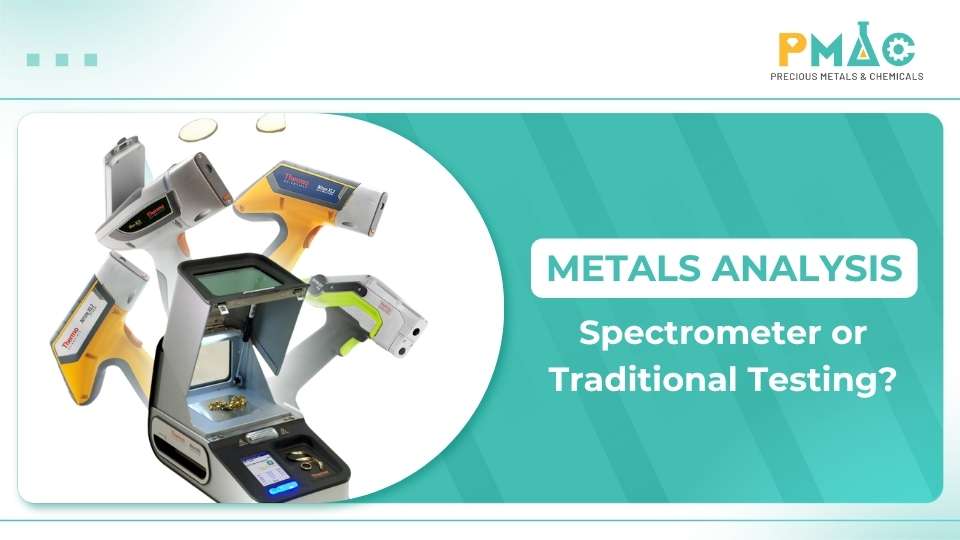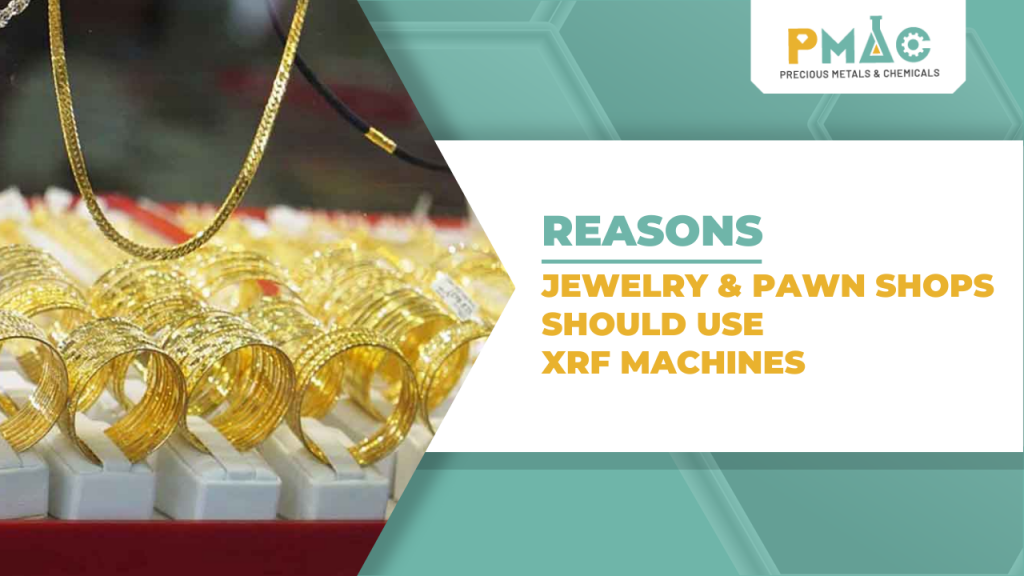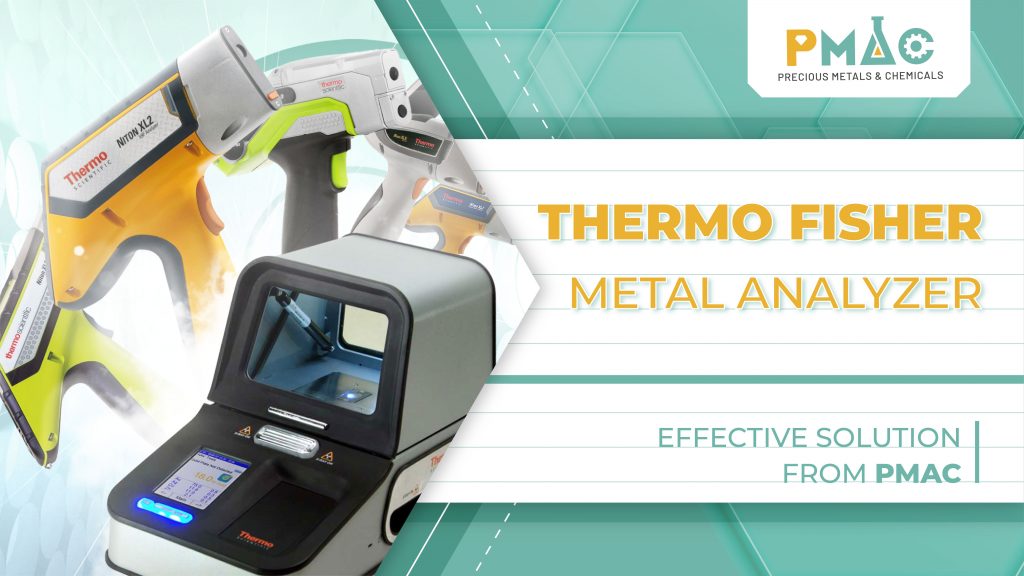In modern materials analysis — especially in jewelry, metallurgy, and manufacturing — XRF technology (X-ray fluorescence) has become one of the most trusted methods for identifying and quantifying elements. However, achieving precise and reliable results depends not only on the instrument itself but also on how well you understand and use the XRF standard.
An XRF standard acts as the foundation for calibration, verification, and quality assurance. Whether you are testing gold purity, checking alloy composition, or analyzing industrial materials, mastering how to apply standards properly is the key to accurate and consistent measurements.
This article provides a complete guide on what an XRF standard is, why it’s essential, and how to prepare and use it effectively to maintain the accuracy and credibility of your analytical system.
I. Understanding XRF and Its Principle of Operation
XRF (X-ray fluorescence spectrometry) is a method that determines the elemental composition of materials by measuring the fluorescent X-rays emitted from a sample when exposed to high-energy radiation.
When the X-ray beam strikes the sample, atoms inside absorb energy and emit secondary radiation at energy levels unique to each element. The spectrometer’s detector collects this data and compares it with stored calibration curves to identify which elements are present and their concentrations.
Advantages of X-ray fluorescence spectrometers:
- Fast and efficient: Delivers results in seconds.
- Non-destructive: Samples remain intact; no cutting, grinding, or acid needed.
- Wide application: Suitable for metals, alloys, glass, ceramics, plastics, and more.
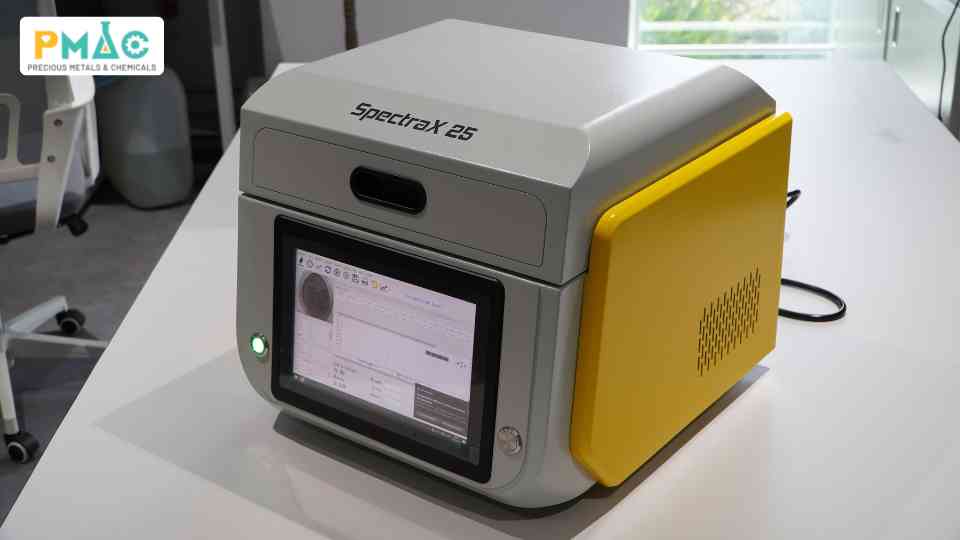
SpectraX 25 Benchtop XRF Spectrometer
Because of these advantages, X-ray fluorescence spectrometers are now indispensable tools in jewelry shops, industrial plants, recycling facilities, and quality control laboratories.
>> See also: What is a Handheld XRF Analyzer?
II. What Is an XRF Standard?
An XRF standard (also known as a reference material or calibration sample) is a material with a certified chemical composition used to calibrate and verify the performance of XRF instruments.
>> See also: What is an XRF Standard? The Key to Calibrating Analytical Equipment
Each standard comes with a certificate of analysis issued by accredited institutions such as NIST (USA), BAM (Germany), or MBH (UK). These certifications ensure the material’s composition is precisely known, traceable, and globally recognized.
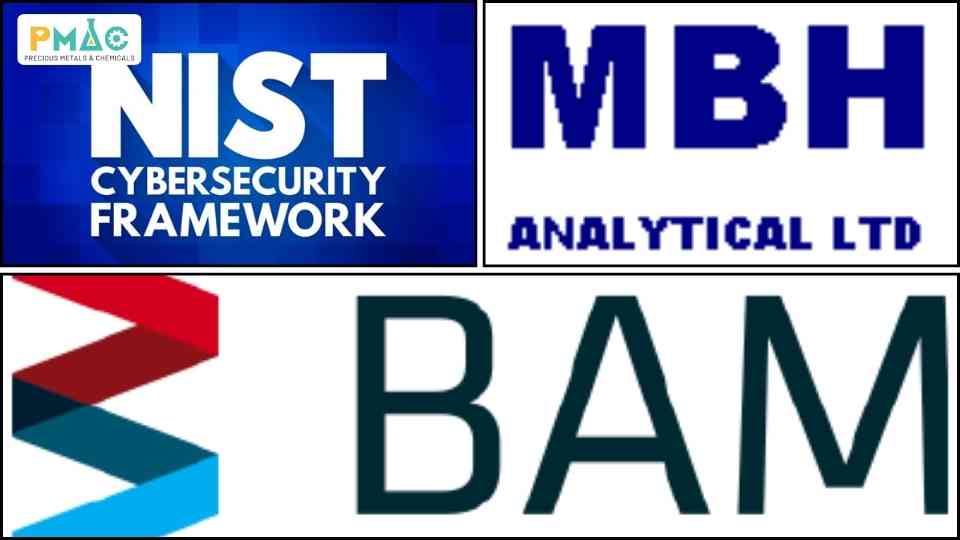
Trusted global organizations certifying XRF standards.
Common categories of XRF standards include:
- Precious metal standards: gold, silver, platinum, and palladium alloys for jewelry analysis.
- Base metal standards: steel, nickel, copper, zinc, or aluminum alloys for metallurgy.
- Non-metal standards: ceramics, catalysts, cement, or fly ash for industrial use.
If the X-ray fluorescence spectrometer is the “brain” of your lab, the XRF standard is the “ruler” that keeps that brain accurate and consistent.
III. Why You Need an XRF Standard Before Every Analysis
New users often underestimate the importance of using standards, but skipping calibration can lead to unreliable data and costly errors.
Using a certified XRF standard ensures three core aspects of measurement quality:
- Calibration accuracy – Over time, even the most advanced spectrometer experiences signal drift. A standard helps correct these variations and keeps results aligned with certified values.
- Instrument stability – After transportation, maintenance, or long periods of use, running a standard verifies that the detector, tube, and software remain stable.
- Result validation – Comparing test results with a standard sample confirms the accuracy of your readings and reveals potential deviations early.
In short, XRF standards are essential for maintaining data integrity — the difference between a trustworthy result and a misleading one.
IV. Preparation Before Using an XRF Standard
Proper preparation is vital for reliable analysis. Follow these guidelines before measurement:
Choose the right type of standard
- Select a standard with a composition that closely matches your target samples.
- Jewelers should maintain a full set covering gold from 9K to 24K, as well as silver, platinum, and copper standards.
- Industrial users should employ matrix-specific standards or multi-element reference materials.
Clean the reference and measurement area
- Contaminants like oil, dust, or oxidation can distort XRF readings.
- Gently clean the surface of both the standard and the sample holder using a soft cloth or isopropanol before testing.
Maintain stable environmental conditions
- Keep temperature between 20–25°C and humidity below 60%.
- Allow the spectrometer to stabilize for 15–30 minutes after powering on to reach thermal equilibrium.
Set a calibration schedule
- For daily users: check calibration with an XRF standard once per work shift.
- For laboratories: perform full recalibration every 3–6 months depending on frequency of use.
A consistent calibration plan prevents long-term drift and ensures repeatable, accurate data.
V. How to Use an XRF Standard Effectively
To get consistent and trustworthy readings, follow these practical steps:
- Position the standard properly: Place it flat against the measurement window; avoid gaps, tilts, or uneven surfaces.
- Select the right analysis program: Ensure your device is using the proper software mode (e.g., gold, alloy, or non-metal).
- Run test measurements: Compare measured values with those on the certificate to confirm consistency.
- Adjust and save calibration settings: If discrepancies arise, recalibrate using the standard and save updated parameters.
- Record data regularly: Keep calibration logs to track the instrument’s performance trend over time.
Correct use of an XRF standard not only improves accuracy but also extends the life of the spectrometer and reinforces analytical credibility.
VI. Common Mistakes When Using XRF and Standards
Even small errors can affect measurement precision. Avoid these frequent issues:
- Skipping routine calibration: causes gradual drift and inconsistent results.
- Using uncertified standards: results lose international traceability and comparability.
- Testing dirty or scratched surfaces: weakens the fluorescent signal.
- Incorrect sample distance: especially for handheld devices, improper positioning scatters X-rays and alters readings.
Following standard procedures helps ensure every measurement meets professional analytical standards.
>> See also: 5 Mistakes Jewelry Shops Make When Choosing an XRF Machine
VII. Applications of XRF and XRF Standards
1. Jewelry and Precious Metal Industry
X-ray fluorescence spectrometer allows jewelers to determine gold purity and detect counterfeit items instantly. By using certified XRF standards, every transaction is transparent and verifiable — boosting customer confidence.
2. Metallurgy and Industrial Manufacturing
Foundries and metal plants use X-ray fluorescence spectrometers to test raw materials, alloys, and coatings. Reference standards ensure compliance with ISO and ASTM specifications, maintaining consistent product quality.
3. Electronics and Precious Metal Recycling
In recycling, XRF identifies gold, silver, palladium, and platinum in scrap circuits or components. Standards help verify quantitative accuracy, supporting efficient recovery and sustainability.
VIII. PMAC – Reliable XRF Solutions in Vietnam
With long-standing experience in both industry and jewelry applications, PMAC provides complete XRF solutions — from instruments to reference materials — ensuring accuracy and compliance at every step.
PMAC’s Offerings Include:
- Handheld and benchtop XRF spectrometers for all analysis needs.
- Certified XRF standards for jewelry, industrial, and non-metal testing.
- Professional calibration, maintenance, and user training services.
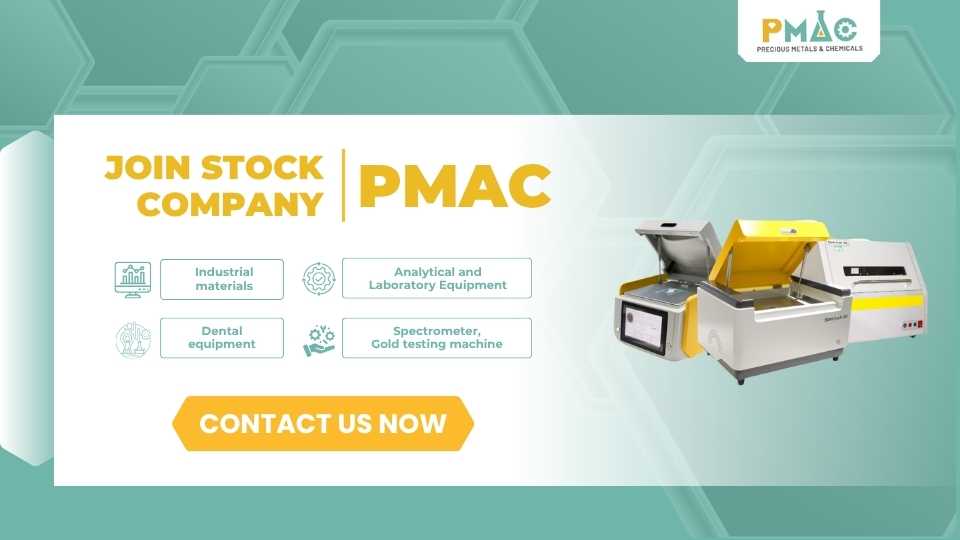
PMAC – Your Trusted Partner for Complete XRF Solutions in Vietnam
Beyond supplying instruments, PMAC helps clients build robust analytical systems that enhance productivity and trust.
Conclusion
XRF technology has become an indispensable tool for rapid, precise, and non-destructive elemental analysis. But to ensure consistent results, users must understand the role of the XRF standard, calibrate correctly, and maintain stable conditions.
Every accurate measurement begins with a well-calibrated system. For businesses seeking genuine XRF spectrometers and certified XRF standards, PMAC is your trusted partner in Vietnam’s jewelry and industrial testing sectors.
